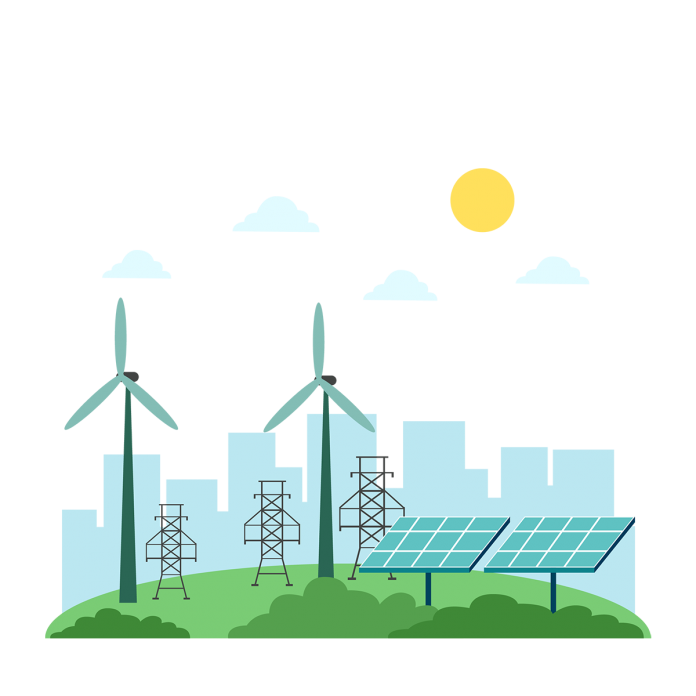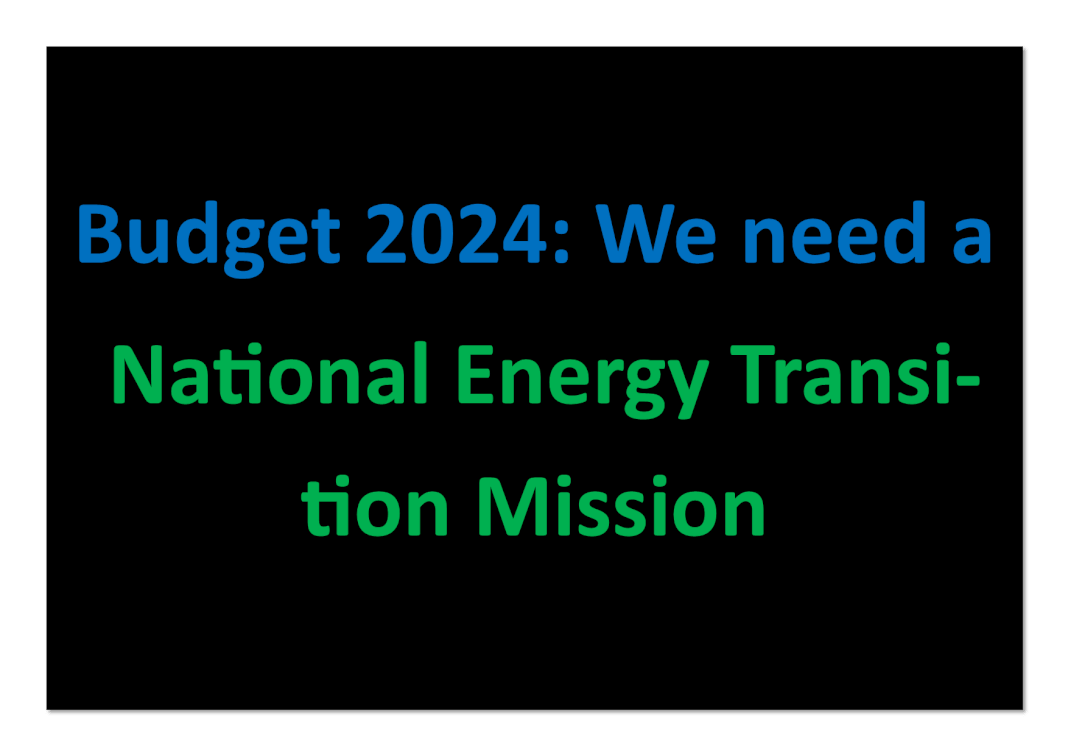
The new budget is going to be presented in the background of a resilient Indian economy. Given that this is an interim budget and with strong fiscal conditions and overall macroeconomic stability, this budget is going to bring some extra interventions. The leading one is the compelling green energy transition. Over the last couple of years and also with the conclusion of COP 28, green transition has become a mandatory area of government intervention. Europe is all set to launch the Carbon Border Adjustment Mechanism (CBAM) from 2026 onwards. This means that products with polluting manufacturing process will attract higher duties by 25-30%. To accommodate the impact of CBAM, the government in India also should bring carbon tax and carbon credit.
More than that, higher production targets, incentives, taxes, subsidies etc are to provide to the green energy sector. With large number of countries avoiding fossil fuel in the near future, energy transition is going to produce tremendous economic impacts especially trade impacts for India in the coming years. In the past few policies there and here including Solar Mission, Hydrogen energy incentives etc were given through the budget. But now, our country need a comprehensive National Energy Transition Mission that should include strong set of fiscal and policy measures on all fronts including solar, wind, hydrogen and thorium based green energy.
In the past, green energy and energy transition were the components of environment policy. But now, with the universal adoption of clean energy policies and its tie with trade, energy transient is going to be an important part of national macroeconomic policy.
Already, the PM has launched a mega solar roof top project recently. But this will be just one component of the green energy transition mission.
The second component of the energy transmission mission is Electric Vehicle promotion. Companies to be given with a minimum target for the production of EVs. India’s largest car manufacturer, Maruti is yet to produce a single EV.
A challenging part of India’s energy transition strategy is to reduce the role of coal. Though EVs are going to reduce emissions, the electricity used to charge EVs should be produced from clean sources. Here, nearly 65% of India’s electricity is sourced from coal-based plants. Replacing coal with green energy need tremendous effort. Here, an equally sizable and stable source is the thorium based clean energy where lot of R&D and technological advancements have occurred in recent years.
Another area of the green transition policy should be compelling fertiliser, iron and steel and related sectors to adopt hydrogen energy.
The just announced household solar roof top programme is a beginner on the flurry of measures to be launched in the energy transition front. A comprehensive policy is unavoidable in the coming budget to help the environment and the economy.










